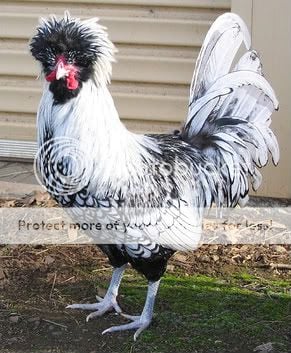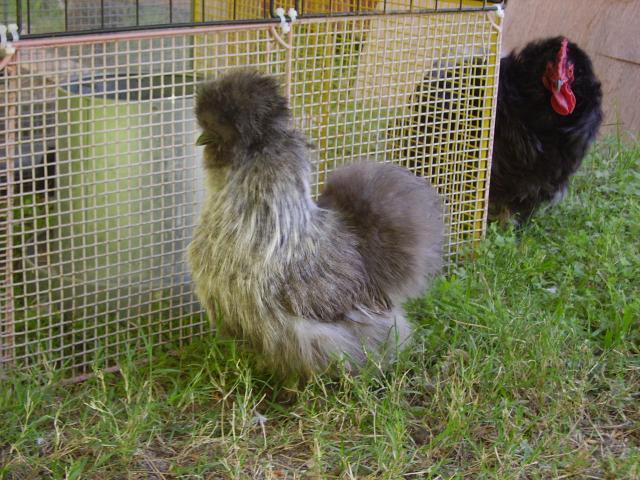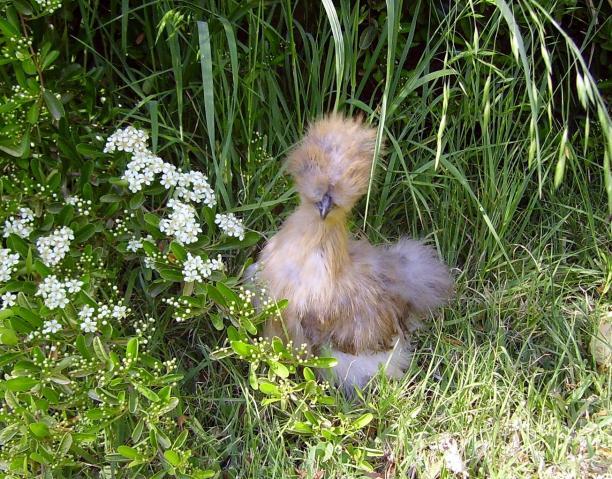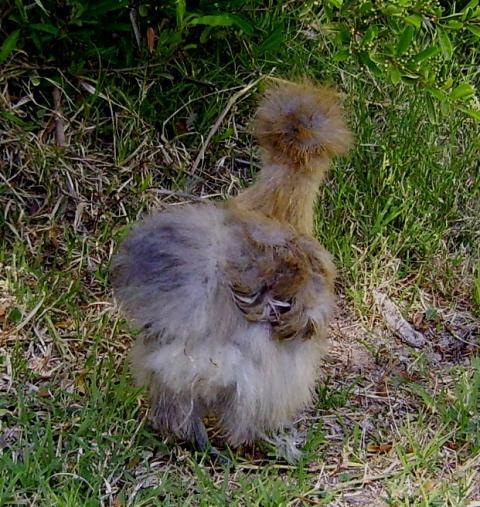I know nothing about genetics. So, I was wondering if there was an "Idiots" guide to silkie color genetics? Like how do you get blue, splash, mottled, or cuckoo colors? A good website that explains it all in plain english would be great. lol
I would like to breed silkies in the near future.
I would like to breed silkies in the near future.









